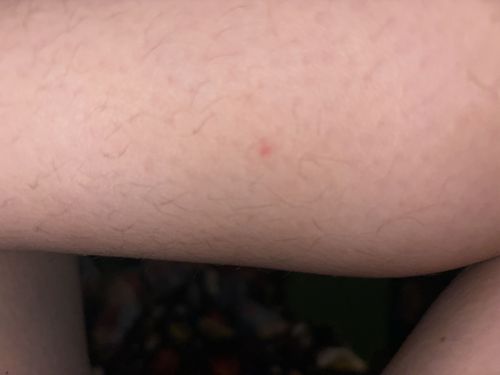Mosquito
Scientific Name: Various species within the Culicidae family (e.g., Anopheles, Aedes, Culex)
Order & Family: Order Diptera, Family Culicidae
Size: 3 to 6 mm (0.12 to 0.24 inches)

Natural Habitat
Mosquitoes are found worldwide in various habitats, particularly near standing water where they lay their eggs. This includes marshes, swamps, ponds, puddles, and artificial containers like bird baths and tires.
Diet & Feeding
Female mosquitoes feed on blood (hematophagous) from humans and other animals. Both male and female mosquitoes feed on nectar, plant sap, and other sugar sources for energy.
Behavior Patterns
Mosquitoes are most active during dawn and dusk, though some species are active during the day. Only female mosquitoes bite, as they require blood meals for egg development. They are attracted to carbon dioxide, body heat, and certain chemicals emitted by hosts.
Risks & Benefits
Potential risks include transmitting various diseases such as Malaria, Dengue Fever, Zika Virus, West Nile Virus, Chikungunya, and Yellow Fever. Benefits include serving as a food source for other animals (e.g., bats, birds, frogs) and larvae helping to filter organic matter in aquatic environments.
Identified on: 9/4/2025